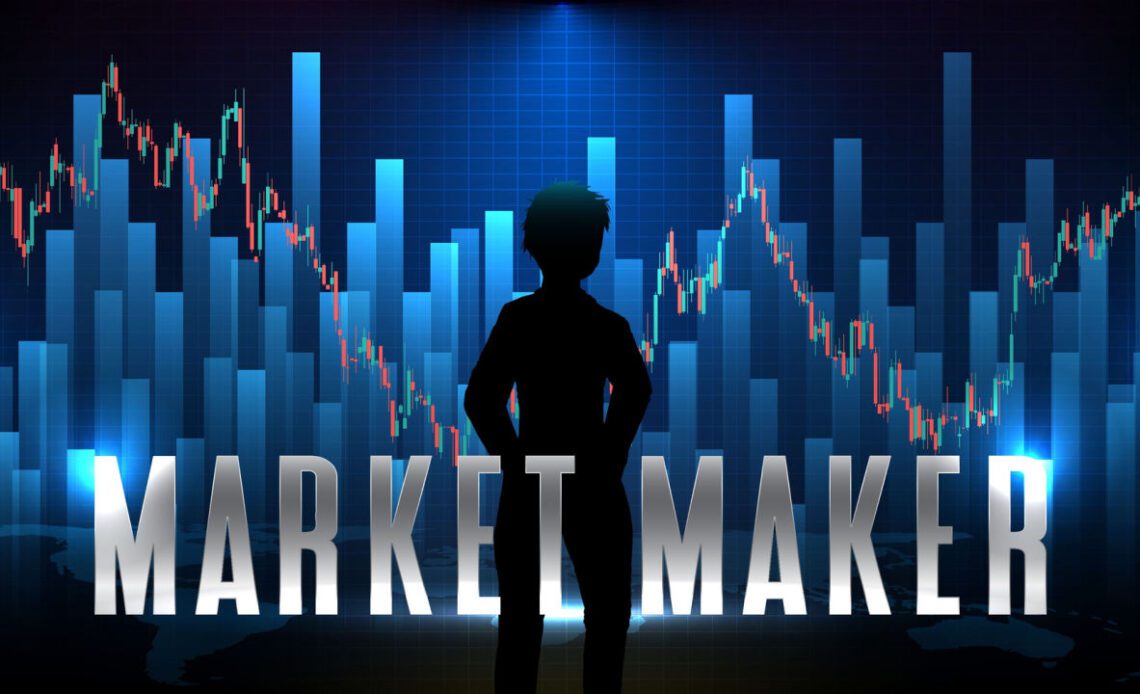While the collapse of the crypto exchange FTX and its affiliate Alameda Research is thought to have left many crypto players, including market makers, in the worst possible position, according to Andrei Grachev, managing partner at DWF Labs, this incident may have helped to “flush out companies that were not sustainable enough to operate during a storm.” As a result, the “market will be healthier” going forward.
The Art of Market Making
Besides weeding out weak players, Andrei Grachev suggested in a written response to questions from Bitcoin.com News that the collapse of key crypto industry players like FTX and Terra has highlighted the importance of adopting measures that protect users. One such measure, which can be used by global digital asset market makers like DWF Labs, is the so-called pump-and-dump protection scheme. The scheme is essentially a liquidity management technique across exchanges.
Meanwhile, Grachev also shared his views on topics that range from the misconception about market makers to how market-making differs between centralized exchanges (CEXs) and decentralized exchanges. Below are the managing partner’s responses to the rest of the questions from Bitcoin.com News.
Bitcoin.com News (BCN): Can you briefly define market making as well as what happens when a user buys a crypto asset on a centralized exchange or sells this on a decentralized exchange?
Andrei Grachev (AG): A market maker creates liquid markets, quotes order books (puts buy and sell limit orders in order books) and maintains spread. In simple words – market makers create tradable markets. [Decentralized exchanges] DEXs (especially the automated market maker-based) are a bit more limited in terms of market-making tools, but even here – a market maker maintains a sufficient liquidity level across AMM [automated market maker] pools and does some additional work in order to maintain the same price level across centralized and decentralized exchanges.
Because market makers make money by spreading between the bid and ask prices, based on a given proposal, the market maker would [for instance] sell a token on Coinbase a few [basis] points (bps) higher than on a DEX and sell a token on the DEX a few bps cheaper than on Coinbase.
BCN: What would you say is the common misconception about market making?
AG: This is very close to a conspiracy theory: while a token goes up, the market maker is pumping; while a token is going down, the market maker is dumping….
Click Here to Read the Full Original Article at Bitcoin News…
























